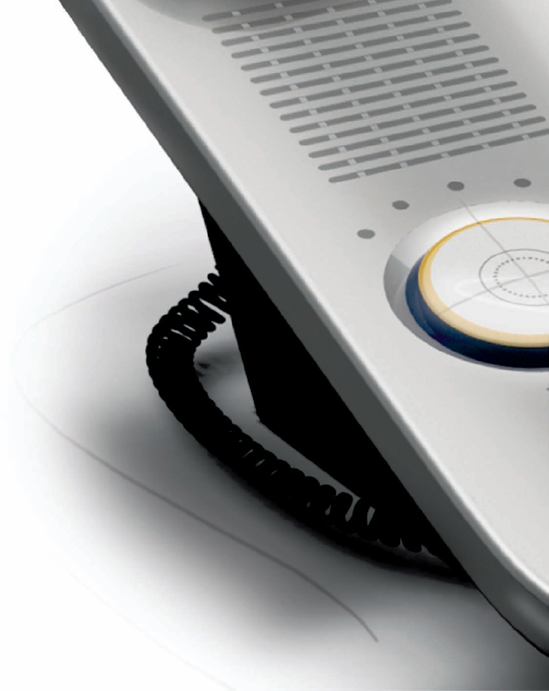Chapter 17. Principles and Patterns in Design Language

The focus in defining a product's form factor and interaction framework is largely on utility: identifying what solution will best accomplish the job in the simplest way. However, good design balances utility and usability with desirability or other appropriate emotions—a consumer entertainment product may evoke feelings of desire, a medical product should simultaneously look precise and reassuring, and a business product should convey no-nonsense professionalism. Design should also express a product's brand and make it identifiable as coming from a certain company, whether with unique signature elements or a more understated style that is nonetheless consistent.
Experience attributes, discussed in Chapter 12, describe this intersection of user emotions and expectations with brand qualities. The design language expresses those attributes, along with the practical information the design must communicate, in visual and physical form. This chapter briefly describes some of the most important building blocks you need to express various qualities. If you studied graphic design or industrial design in school, you can probably skip ahead to Chapter 18, which describes how to develop design language directions in a way that helps stakeholders see your reasoning. This chapter is intended to help jack-of-all-trades designers make better ...
Get Designing for the Digital Age: How to Create Human-Centered Products and Services now with the O’Reilly learning platform.
O’Reilly members experience books, live events, courses curated by job role, and more from O’Reilly and nearly 200 top publishers.

